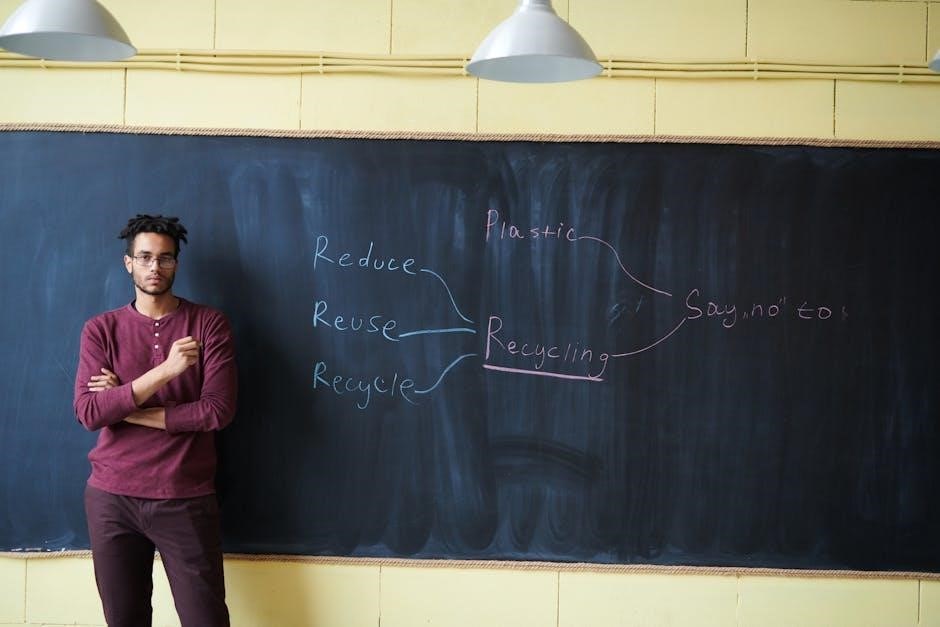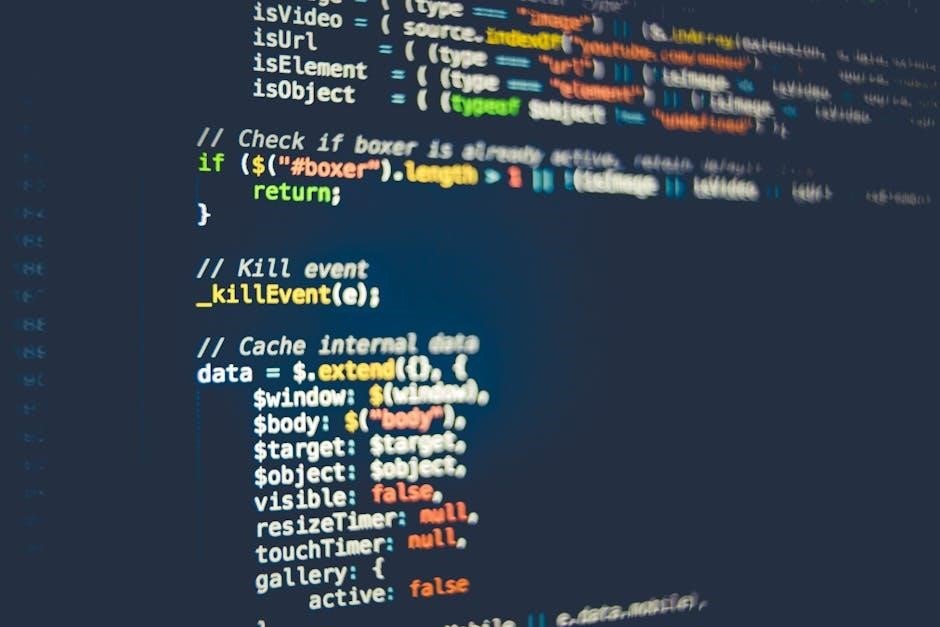The CMEo Navy instruction provides guidelines for equal opportunity and treatment,
governing
Navy policies and procedures effectively always.
Overview of the CMEO Program
The CMEO program is a Navy initiative that promotes equal opportunity and treatment for all personnel. The program is governed by OPNAVINST 5354.1H, which outlines policies and procedures for equal opportunity within the Navy. The CMEO program supports principles of prohibited discrimination, harassment, and provides guidelines for creating a positive command climate. The program is designed to ensure that all personnel are treated with dignity and respect, and that equal opportunity is afforded to all. This is achieved through education, training, and leadership commitment to equal opportunity and treatment, as outlined in the instruction.

Objectives of the CMEO Program
CMEO program objectives include promoting equal opportunity and treatment for all Navy personnel effectively always online.
Key Principles of the CMEO Program
The CMEO program is based on key principles that promote equal opportunity and treatment for all Navy personnel. These principles include prohibited discrimination, harassment, and sexual harassment. The program provides guidelines for creating and maintaining a positive command climate, which is essential for the well-being and productivity of all personnel. The key principles of the CMEO program are outlined in OPNAVINST 5354.1H, which provides the framework for implementing the program. By following these principles, the Navy can ensure that all personnel are treated with dignity and respect, and that equal opportunity is provided to all.
Implementation of the CMEO Program
CMEO program implementation involves Navy commands and organizations effectively always following guidelines.
Policy and Guidelines for Implementation
The policy and guidelines for implementation of the CMEO program are outlined in the Navy instruction, providing a framework for commands to follow. This includes establishing a CMEO program manager and conducting regular command climate assessments. The guidelines also emphasize the importance of providing training and education to all personnel on equal opportunity and treatment. Additionally, the policy outlines the procedures for handling complaints and incidents of discrimination and harassment. The Navy instruction provides a comprehensive guide for implementing the CMEO program, ensuring a fair and inclusive environment for all personnel, with clear responsibilities and expectations.

Roles and Responsibilities
Commanding officers have specific roles and responsibilities always ensuring compliance effectively.
Responsibilities of the Commandant of Midshipmen
The Commandant of Midshipmen has several key responsibilities, including promoting equal opportunity and treatment for all midshipmen and staff, as outlined in the instruction. This involves administering command climate surveys and leading quarterly Navy Pride and Professionalism classes, facilitating instruction to personnel. The Commandant is also responsible for ensuring compliance with Navy policies and procedures, and for addressing any issues or concerns that may arise. By fulfilling these responsibilities, the Commandant plays a crucial role in maintaining a positive command climate and promoting equal opportunity throughout the organization, which is essential for effective operation.

Training and Education
Navy provides dedicated training for CMEO program managers effectively always online.
Training for CMEO Program Managers
The Navy provides training for CMEO program managers to ensure they understand their roles and responsibilities. This training is designed to provide a better understanding of the CMEO program and its objectives. The training covers topics such as equal opportunity, harassment, and command climate assessment. It also provides guidance on how to create and maintain a positive command climate. The training is typically provided online and is required for all CMEO program managers. The goal of the training is to ensure that all managers have the knowledge and skills needed to effectively manage the CMEO program and promote equal opportunity.
Command Climate Assessment
Conducting assessments is crucial for Navy command climate evaluation always using
standard
procedures effectively.
Conducting the Command Climate Assessment
Conducting the command climate assessment is a critical process in the Navy, utilizing
standardized surveys and interviews to gather data
. The assessment helps to identify areas of strength and weakness, providing valuable insights into the command’s climate and culture. Effective assessment techniques are essential for accurate results, and the Navy provides guidance on conducting these assessments. The goal is to create a positive and inclusive command climate, and conducting regular assessments is a key step in achieving this objective, using various methods and tools to evaluate command climate effectively always.
Record Keeping and Maintenance
Maintaining accurate records is essential for
compliance
and effective management always.
Maintaining Completed Copies of Formal Complaint Forms
The CMEo Navy instruction requires that completed copies of formal complaint forms be maintained in a secure and accessible location, such as the CMEO manager record file, for a minimum of two years from the date of the complaint, as per the guidelines outlined in the instruction, this is to ensure that all complaints are properly documented and tracked, and that any necessary follow-up actions are taken, the CMEO manager is responsible for ensuring that these records are maintained accurately and in accordance with the instruction, and that they are readily available for review by authorized personnel.

Minimum Service Requirements
Minimum service requirements for officers are typically two years of active duty service in the Navy effectively always.
Minimum Recommended Years of Active Duty Service
The minimum recommended years of active duty service for officers to be CMEO managers is typically two to three years.
This duration allows officers to gain sufficient experience and understanding of Navy policies and procedures, including equal opportunity and treatment.
The Navy requires CMEO managers to have a certain level of maturity and leadership skills, which are typically developed over time.
Officers with less than two years of service may not have the necessary experience and skills to effectively manage the CMEO program.
Therefore, the minimum recommended years of active duty service for CMEO managers is two to three years, ensuring they can effectively lead and manage the program.
GMT and CPPD
Instruction as required per SECNAVINST for GMT and CPPD is necessary always.
Instruction as Required per SECNAVINST 5350.16A
The instruction as required per SECNAVINST 5350.16A is a crucial component of the CMEo Navy instruction, providing guidelines for GMT and CPPD, ensuring all personnel receive necessary training and education, with the goal of promoting equal opportunity and treatment, and preventing discrimination and harassment, as outlined in the instruction, which is essential for a positive command climate, and is a key aspect of the Navy’s policies and procedures, as stated in the instruction, which is available to all personnel, and is regularly updated to reflect changes in policies and procedures.
The CMEo Navy instruction is essential for promoting equal opportunity always effectively.
Importance of the CMEO Program
The CMEO program plays a crucial role in promoting equal opportunity and treatment for all Navy personnel, as outlined in OPNAVINST 5354.1H. This program supports the principles of prohibited discrimination and harassment, providing a positive command climate. The CMEO program is essential for ensuring that all personnel are treated with dignity and respect, regardless of their background or demographics. By implementing this program, the Navy can promote a culture of inclusivity and diversity, which is critical for its success. The program’s importance cannot be overstated, as it helps to foster a positive and productive work environment.




